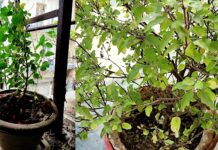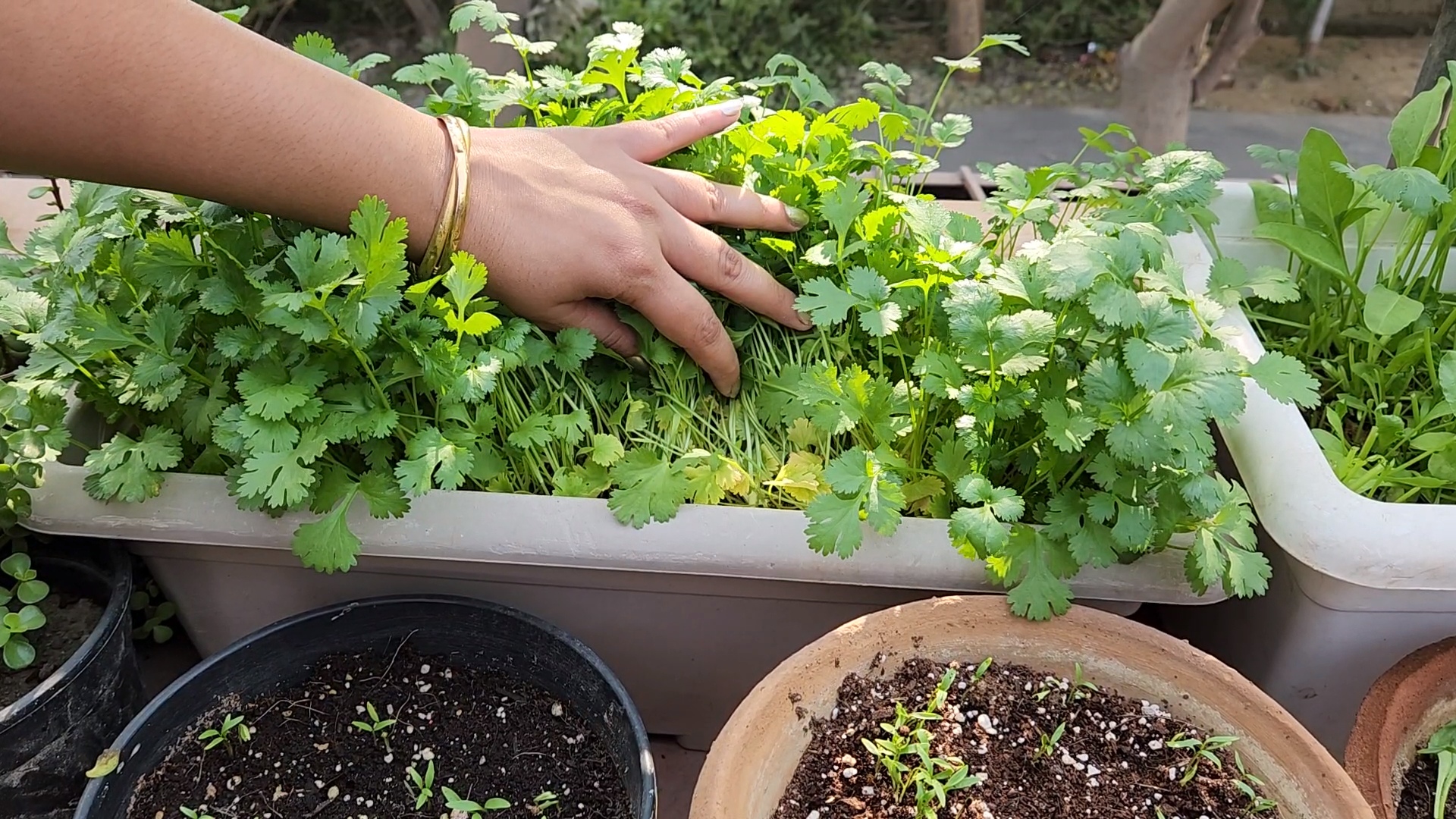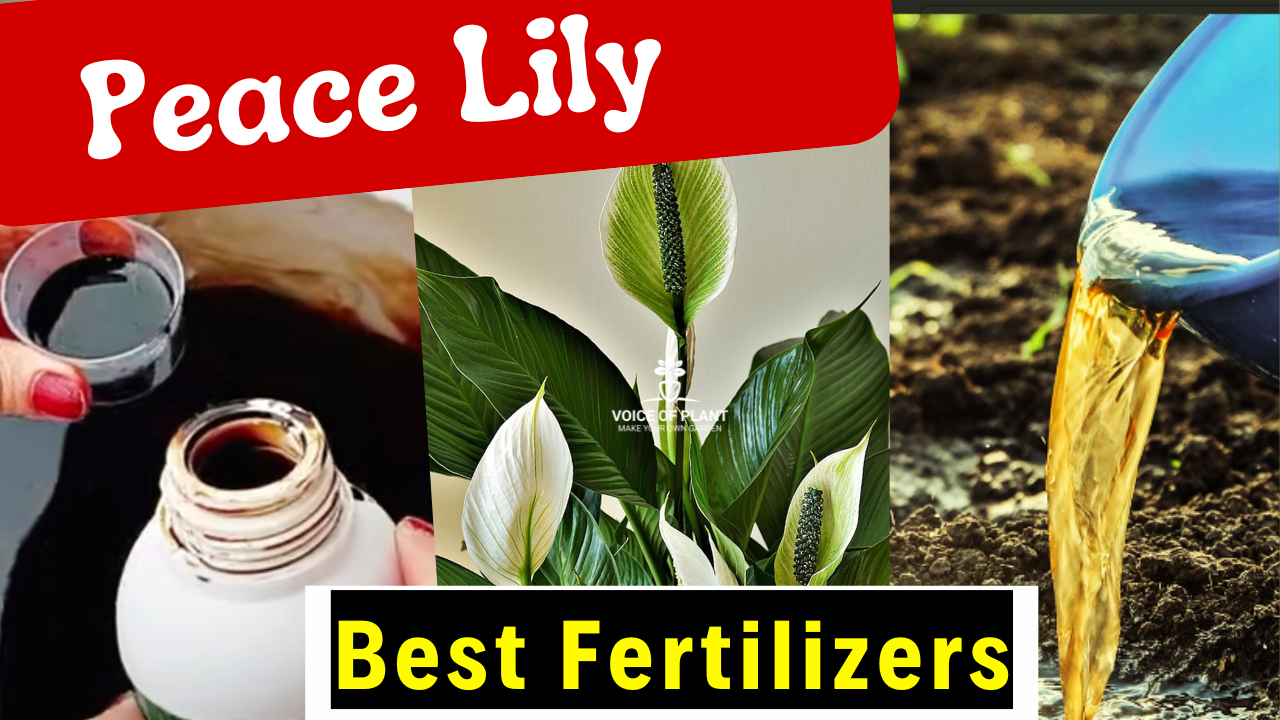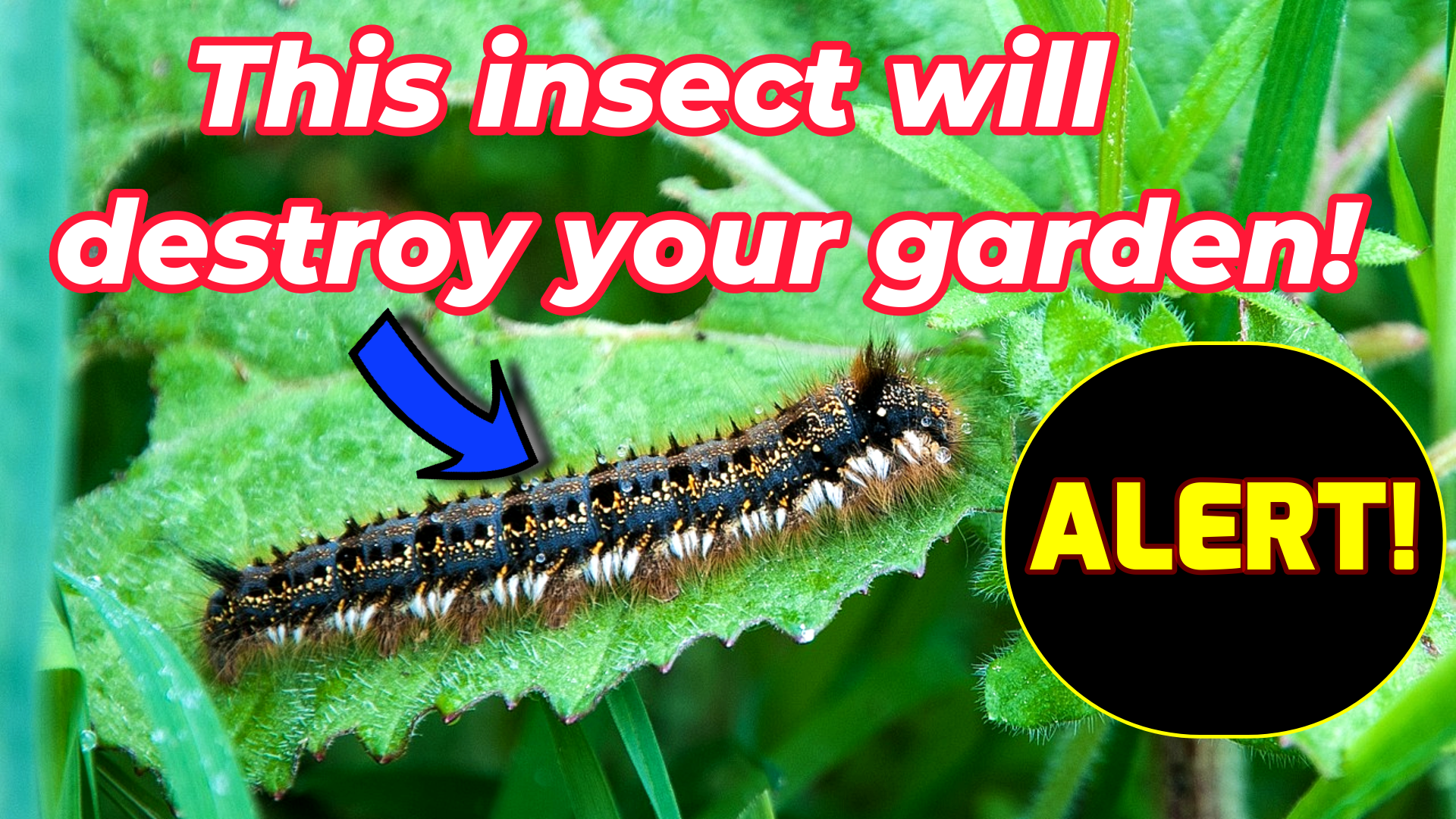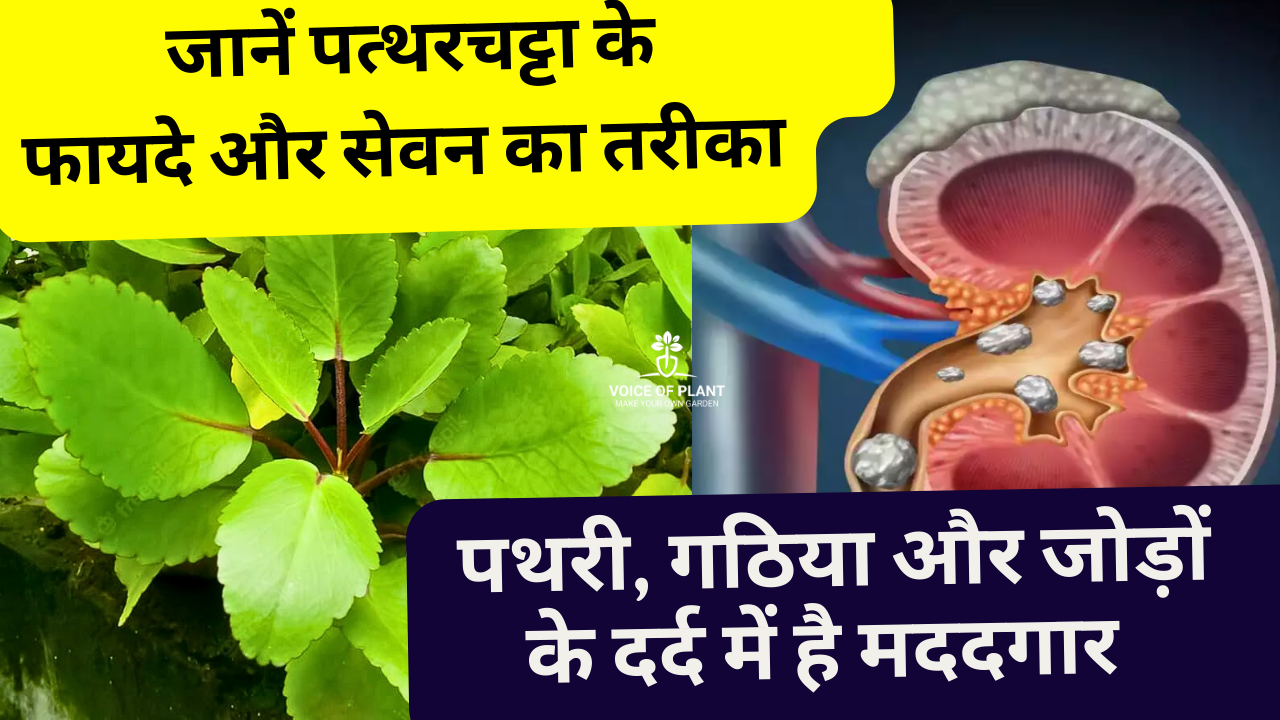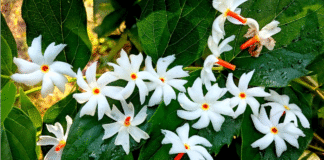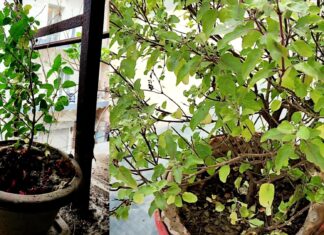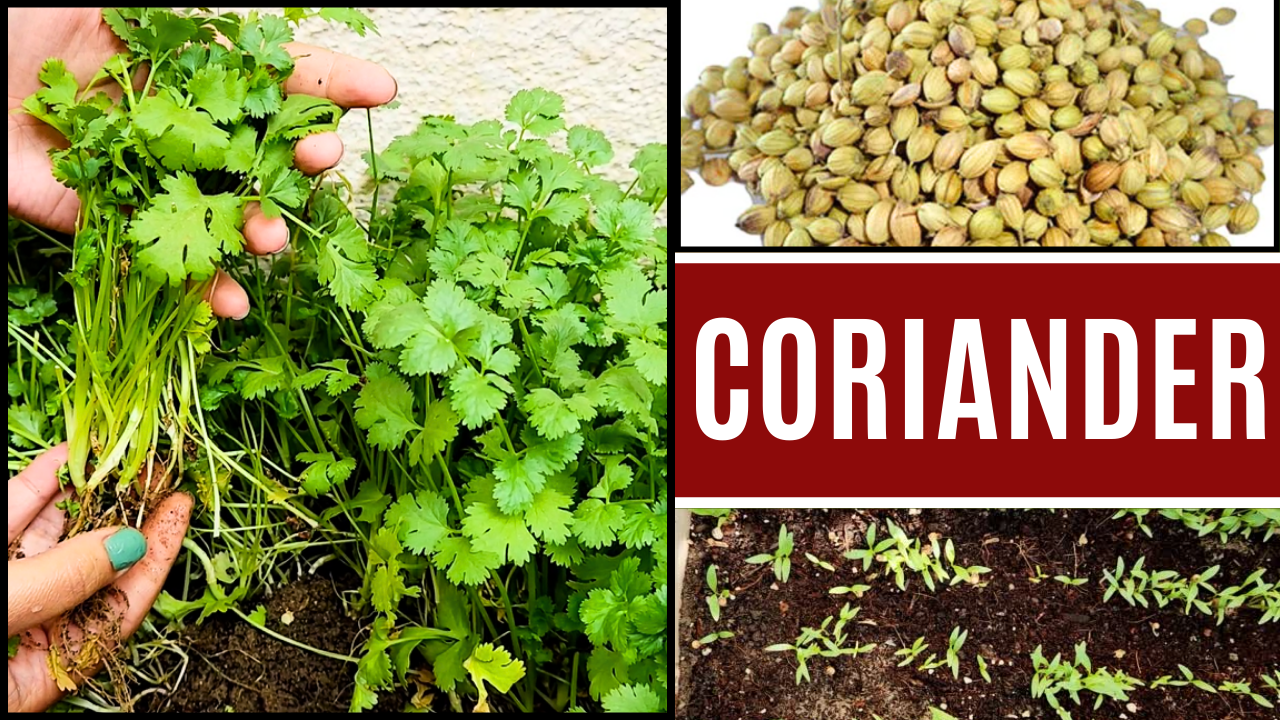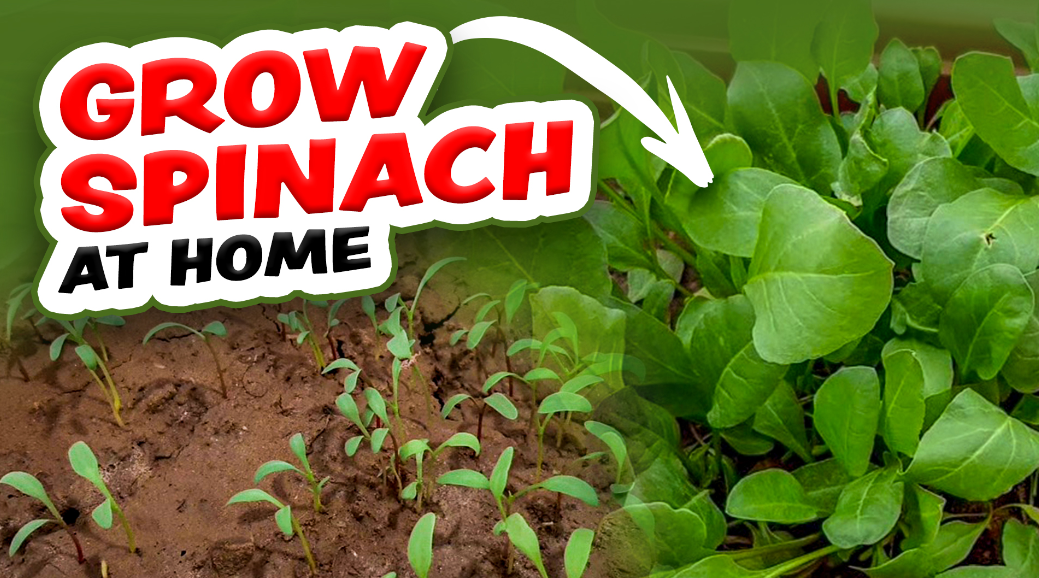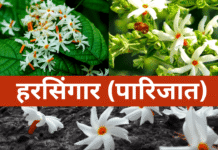Which Pot is Best For Plants: When starting a home garden, one of the first things that come to mind is choosing the right pot. Pots are essential for growing plants, and today, there is a wide variety available. While plants can grow in any type of pot, each variety has its own advantages and disadvantages, requiring different levels of care.
Let’s explore the different types of pots in detail and determine which is best for your plants.

So, let’s discuss different types of pots in detail.
Which Pot is Best For Plants
1. Clay Pots
2. Cement Pots
3. Ceramic Pots
4. Plastic Pots
1. Clay Pots: The Best Choice for Healthy Plants
Clay pots are an excellent choice for plant health because they allow air circulation, providing roots with ample oxygen. Oxygen is crucial for root respiration and overall plant growth.
- Additionally, clay pots absorb excess moisture, helping to prevent fungal growth and green moss on the soil surface.
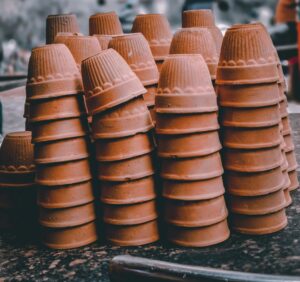
Pros of Clay Pots:
Allow air circulation for healthier roots
- Absorb excess moisture, reducing fungal issues
Naturally regulate soil temperature
Cons of Clay Pots:
- Fragile and prone to breaking
- Outer layer may deteriorate over time
2. Cement Pots: Hard & Durable
Cement pots are known for their durability and strength, lasting around 4-5 years.
- Although they absorb some moisture, they do not allow air circulation, so regular soil loosening is necessary to prevent compacted soil.
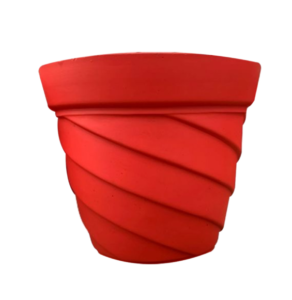
Pros of Cement Pots:
- Highly durable and long-lasting
- Retain moisture better than clay pots
- Ideal for large and heavy plants
Cons of Cement Pots:
- Heavy and difficult to move
- Can accumulate salt deposits on the surface
- Plain appearance may not be aesthetically appealing
3. Ceramic Pots: Decorative and Stylish
Ceramic pots are an attractive option for both indoor and outdoor use. However, they do not absorb water or allow air to pass through the soil, making precise watering essential.
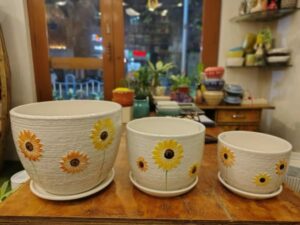
Pros of Ceramic Pots:
- Visually appealing and available in various designs
- Less fragile compared to clay pots
Cons of Ceramic Pots:
- Heavy and prone to cracking if dropped
- More expensive than other pot types
- Require careful watering and soil maintenance
4. Plastic Pots: Lightweight and Affordable
Plastic pots do not absorb moisture or allow air circulation, but drainage holes can be added to improve aeration. They are lightweight, cost-effective, and easy to move, making them a popular choice for many gardeners.

Pros of Plastic Pots:
- Affordable and widely available
- Lightweight and easy to move
- Durable and resistant to breakage
Cons of Plastic Pots:
- Do not allow air circulation
- Can overheat in direct sunlight, affecting root health
May crack over time due to prolonged exposure to sunlight
Click here to read: Best Indoor Plants
FAQs About Choosing the Right Pot
1. Which is better: Clay or Plastic Pots?
Clay pots are better for plant health due to their breathability and moisture absorption, while plastic pots are more durable and lightweight. The choice depends on your gardening needs and preferences.
2. Which Pots are Best for Growing Vegetables?
Cement and plastic pots are ideal for growing vegetables because they retain moisture well. However, clay pots can also be used for certain vegetables that prefer well-drained soil.
3. Are Plastic Pots Safe for Growing Vegetables?
Yes, plastic pots can be used for growing vegetables, but it’s important to choose food-safe plastic. Look for pots labeled as food-grade or made from HDPE (high-density polyethylene), which is considered safe for food contact.
Conclusion
If you prefer decorative pots, ceramic and plastic options are ideal. However, if you prioritize plant health, clay and cement pots are better choices. The best pot depends on your specific gardening needs and the type of plants you want to grow.
Choose wisely and happy gardening!
Follow our Social media channel:
1. Voice of Plant – YouTube Channel
2. Voice of Plant Facebook Page
3. Instagram Voice of Plant Channel
Happy Gardening !!
